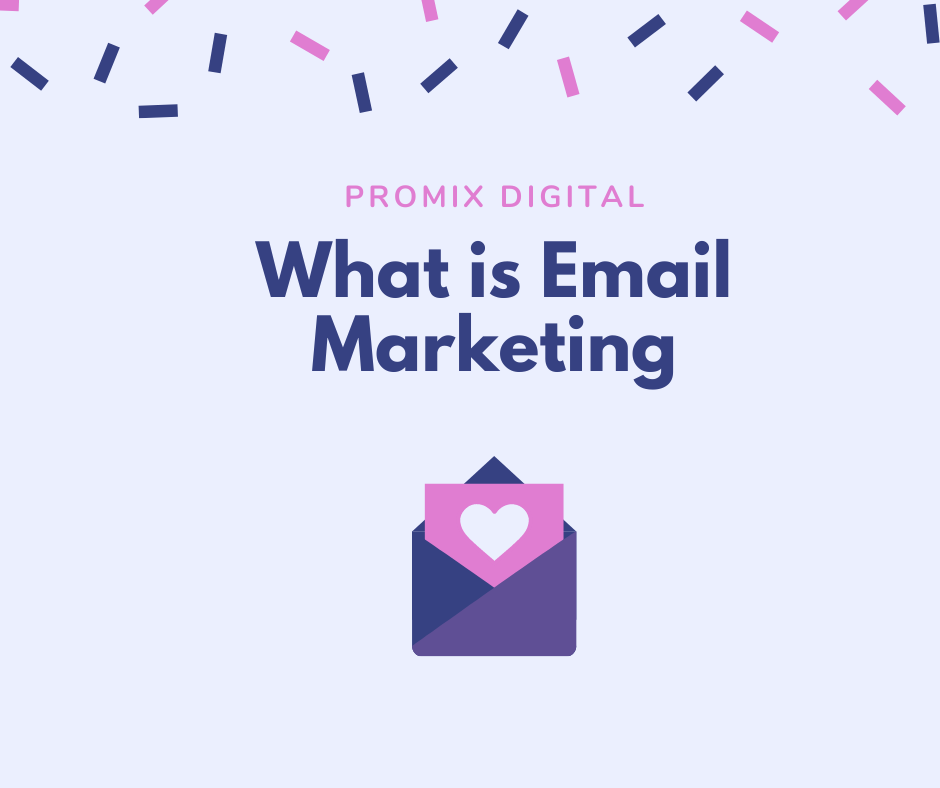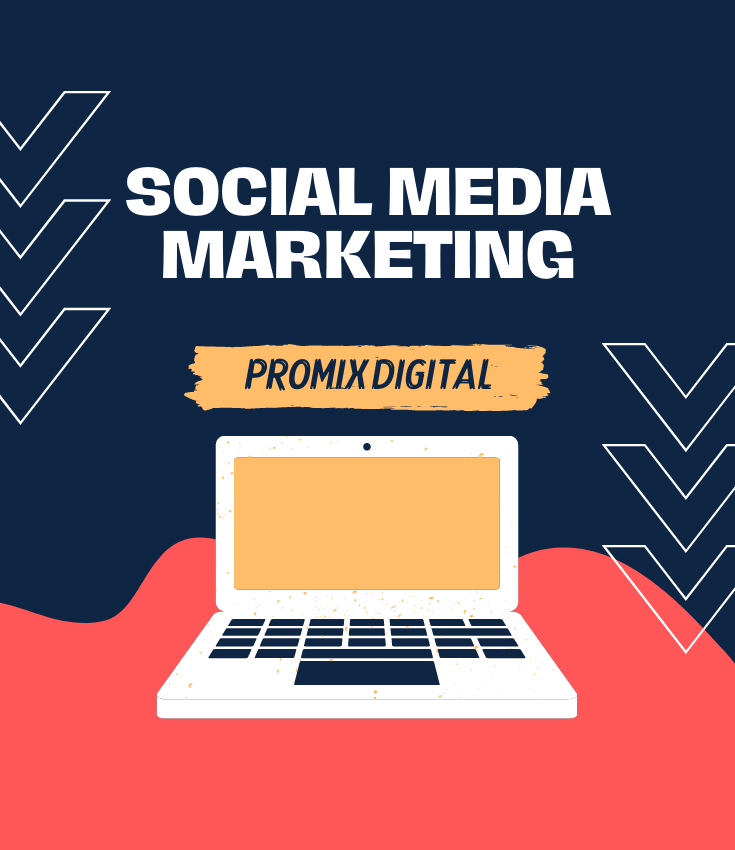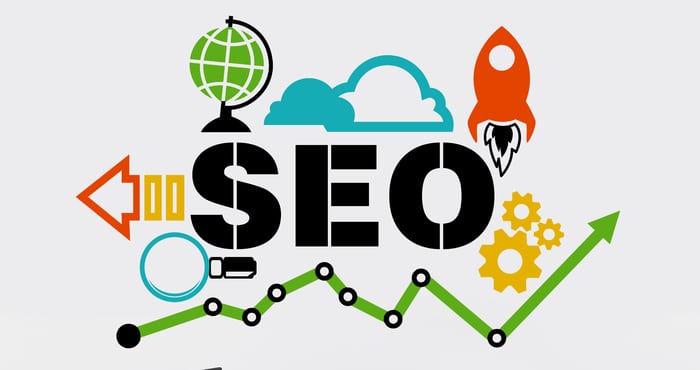
What Is Content Marketing ?
Engage Your Audience & Increase Your Client Base with Content Marketing
What Is Content Marketing ?
Content marketing is a strategy for engaging your audience and increasing your client base via the creation of relevant and valuable content.
This strategy has the ability to attract, engage, and add value to a brand’s audience. This strategy improves your brand’s perception and creates more sales for your company.
It’s no longer a market trend, but a strategic investment in the future of your company. A brand can achieve more relevance and visibility online, as well as become more recognized by its customers, by using Content Marketing.
In other words, a company can make a positive impression on customers and avoid being swallowed up by the competitors.
Being online is no longer sufficient. The question now is how to be visible and relevant to the audience while online. This is a mission in Content Marketing.
Why use Content Marketing?
True, there are other ways to be online besides Content Marketing. Why should you choose this option for your company?
Because content marketing serves as a basis for and complement to other digital marketing techniques.
You’ll need relevant material if you wish to work with social media marketing. When it comes to email marketing or corporate blogging, the same thing applies: you’ll always need content.
The world’s leading experts agree that content is king. You can utilize it to accomplish a variety of goals in a variety of ways, such as teaching people how to use your product or service to solve their problems.
Which are the benefits of Content Marketing?
We’ve already discussed some of the advantages of Content Marketing and how this strategy may help your company develop. Now we’ll go through each of the points in further detail to show you how they work.
Attracts visitors and grows your site traffic
It’s difficult to help people locate your organization among the vast amount of information available online, but your content makes you discoverable, especially for search engines like Google.
Relevant content also draws attention in social media or email marketing initiatives, resulting in more visitors to your site.
Engages your audience
When you provide relevant and valuable information to your audience, they will find it so amazing that they will share it with their friends and followers. Not only that, but people will interact with your work in other ways as well, such as giving comments and reactions.
Drives sales to the next level
Sales are, without a doubt, the primary goal, even if there is a secondary goal. Content marketing can be found at any point of the buying process, influencing your audience until they make a final decision.
Without the content, this driving was done on an individual basis, for example, by a salesperson. As a result, only a tiny number of persons were contacted.
When you use Content Marketing, you get more exposure, reach more customers, and target them more efficiently.
As we’ve said before, you can teach your audience why they need your products and services, and that way you’ll sell more easily and on a larger scale.
Generates more leads
The primary purpose of every website or blog is to generate leads. It’s part of the sales plan once each lead becomes a potential client.
A lead is a visitor to your blog or another content channel who fills out a form and provides personal information.
It’s easy to tell if a lead is qualified or not with additional information.
Even if your site already has visitors, Content Marketing may help you convert them into leads by enticing them to provide valuable information in order to clinch a purchase.
And the more leads you produce, the higher your chances of selling are.
How to create a Content Marketing strategy?
To help you get started on leveling up your content efforts, here’s an overview of each of the seven steps to creating your content marketing strategy:
1.Start with an outline
It’s all too easy to get wrapped up in the what, how, and where of content marketing, and we forget about the most crucial foundational piece: the why.
So, what’s the point of content marketing? Is it for the purpose of generating leads? Do you want to build relationships? How can you make your consumers’ experiences better?
Whatever your content marketing objectives are, make sure they’re long-term and aligned with your company’s overall goals, mission, and vision. Stick to three to five business goals at most, and document them, to keep your plan focused and crystal-clear.
2. Determine Your “One Thing”
There is a massive amount of stuff available, and more is being added every day. So, how will you differentiate your company with your content marketing strategy? To put it another way, what is the core of your content strategy? Is it supposed to:
Is it possible to be excessively useful?
Inspire and motivate?
Is it possible to both educate and entertain?
To all of the foregoing, the only appropriate response is YES! Otherwise, you risk delivering more of the same and adding to the massive, ever-growing content glut.
3. Measure Your Content Marketing
If you want to track content, start with something trackable and think out how you’ll prove it works before you create it. Be wary of vanity metrics that don’t really tell you anything.
Instead of looking at eyes, we need to look at action to see if your content is actually doing what it’s supposed to. The four types of content marketing metrics come into play here:
Consumption metrics: This is one of the best and easiest places to start. Basically, what did audiences do with the content? Think actions: views, downloads, listens, visits, etc.
Sharing metrics: How resonant is this piece of content, and how often is it shared with others?
Lead generation metrics: The ultimate goal for most organizations; How many leads came from a piece of content?
Sales metrics: Did we make any money on this piece of content?
4. Identify Your Top 5 Audiences
Time and attention are magically created by relevance. To be relevant, we need to know who we’re talking to and who we’re targeting, and there are a few different ways to do that:
Audience: High-level groups of people who are similarly motivated and have a common goal or purpose. Consider returning customers.
Individuals (or companies) who share one or more similar qualities or can be grouped by a common trait form segments of an audience or list. Consider working-at-home parents.
Persona: A data-driven, thorough yet imaginary description of a hypothetical set of users’ aims and behavior. Consider In-Charge Charles or Hank the Happy-Go-Lucky.
Whatever audience definition you choose to lead your content marketing efforts, make sure you’re just focusing on your top five audiences and considering psychographics rather than just demographics. To avoid becoming caught on what your audience physically looks like or stereotyping by age, colour, or gender, consider substituting stock photographs with icons or symbols.





